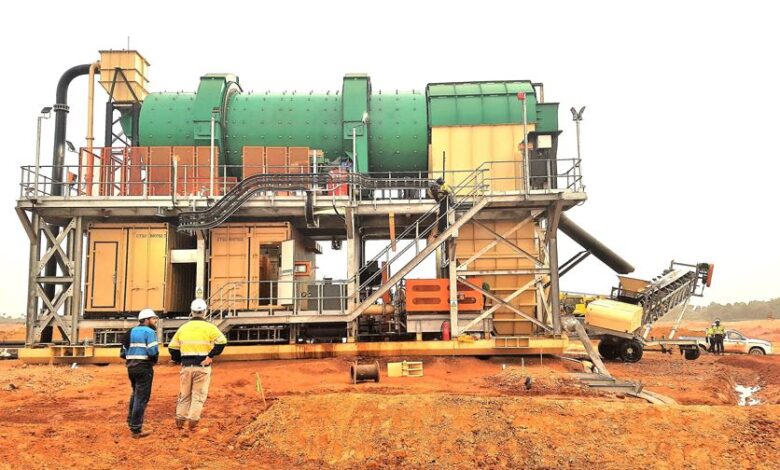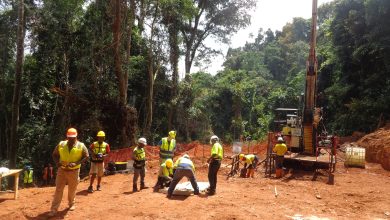
Minimising no-load losses can lower operational costs in mining-specific distribution transformers. But the task requires paying attention to detail.
Three scenarios present food for thought to mining companies in the power distribution area: escalating operational costs, including running (of which energy is prominent) and maintenance, and the imperative to reduce emissions. Naturally, the challenge mine management faces is how to achieve this simultaneously.
Opportunities
Encouragingly, there are several options at the disposal of mining companies. One of the areas where opportunities lie is in the selection of distribution transformers.
Naturally, the question is how transformers, subject to no-load and load losses, enable this.
Firstly, to get to the bottom of the matter, it is vital to appreciate the intricacies of no-load and load losses.
No-load and load losses
An advisory to the industry from Trafo Power Solutions (The Ins and Outs of Transformer Losses) describes the two: “The losses of a transformer comprise two parts: no-load (or core) losses and load (or copper) losses. No-load losses are a constant and are independent of the power being drawn, while load losses vary according to the power being drawn.”
Relating to transformer losses, the International Electrotechnical Commission (IEC) standards stipulate thresholds for maximum allowable load and no-load losses.
Factors Determining Load Losses
The main factors determining load losses are the winding material properties, including the diameter and purity of the material. These two have a direct impact on the resistance of the winding materials. “The greater the resistance, the higher the losses, as the resistance of the materials is measured by the temperature at which it is measured,” explains the advisory.
According to the IEC, there are two reference temperatures: the minimum of 75 degrees and the maximum of 120 degrees. Material with losses at lower temperatures will ensure lower losses (such as higher-quality core steel).
No-load losses
No load energy loss occurs when a transformer is energised but not supplying a load. The transformer’s core has to maintain a magnetic field with low no-load losses, which can be a tough ask. Hence, they are usually optimised to have lower no-load losses. Ultimately, when the transformer is not heavily loaded, there are lower monthly electricity bills.
Procuring no-load transformers
Based on the above, Trafo Power Solutions suggests the following factors to be considered prior to procuring a no-load power transformer:
- Higher capital costs
Though the monthly cost of electricity for no-load loss transformers is lower than that of load-loss types, the capital cost of a no-load loss transformer will be higher due to the design requirements to meet lower losses.
However, this is only one thing; other factors are at play.
- Design
David Claassen, Managing Director of Trafo Power Solutions, commented on the subject in the company’s press release shared with Mining Business Africa recently. “The rated power of a transformer is usually among the key determinants of its capital cost, but there are various design differences that will also come into play,” said Claassen, citing winding materials and environmental conditions among them.
- Lower operational costs
After paying an arm and a leg for the transformer, the next issue to consider is the operational cost, which encompasses running and maintenance costs. “Running cost is essentially the cost of electricity, measured in kWh. These costs are affected by the efficiency of the transformer. All transformers have both no-load losses and load losses,” said Claassen.
Attention to detail
The process of selection can be elaborate, requiring attention to detail. And so, mining companies can seek advice from manufacturers to assess the capital cost, through data on parameters such as losses, winding material, and environmental conditions, to name a few.






